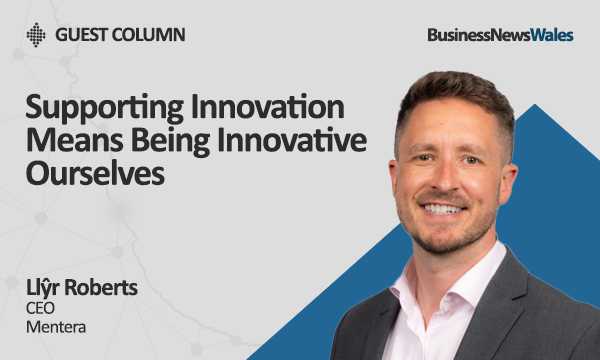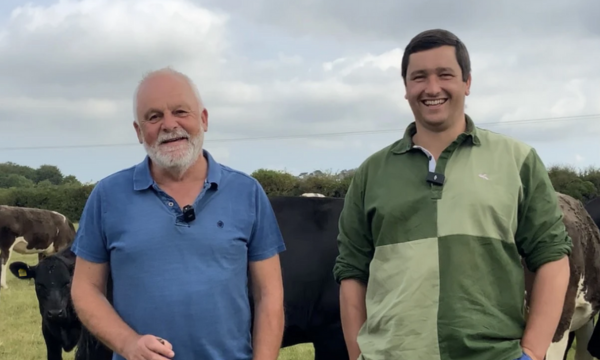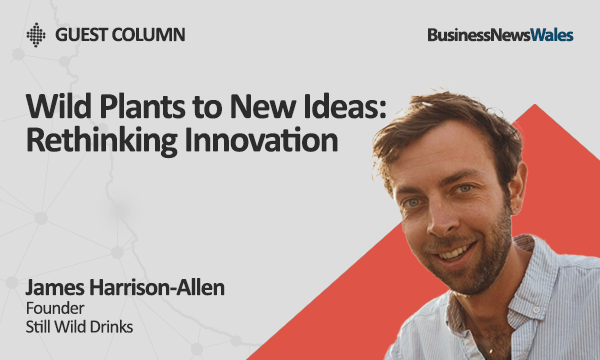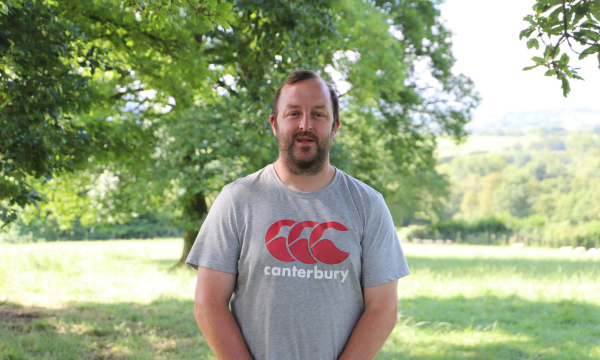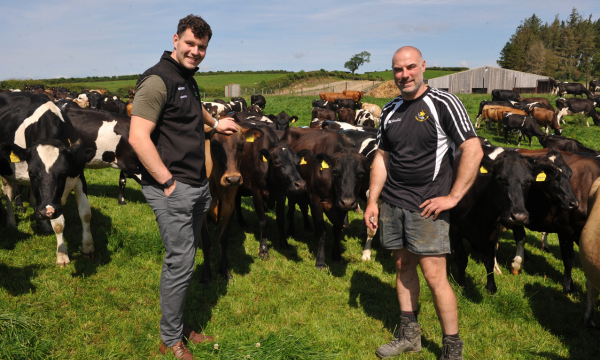
Technology can improve a dairy farm’s labour efficiency and reduce cost of production but a Farming Connect study has shown that savings and return on investment won’t always stack up in every business.
Rhodri and Siwan Jones produce milk from a herd of 197 spring calving cows at Penparc near Llanerfyl after converting her family’s farm from beef and sheep and investing in good grazing infrastructure.
The system is designed to be simple with modern, efficient, and well laid out facilities but could technology such as heat detection collars and automatic calf feeders further improve efficiency and profitability?
Farming Connect’s Our Farms research has shown limited benefits for the Jones’ own business from collars but a higher return on investment (ROI) and quicker payback period with automatic calf feeders.
Feeders offered a 14% ROI, paying for themselves within seven years, while the payback period doubled for cow collars and the ROI halved, at 7.2%.
However, caution is advised in interpreting collar returns, says Conor Hogan, Dairy Programme Manager at Teagasc Moorepark, Ireland, who carried out the study on behalf of Farming Connect.
“If improvements in herd health and fertility are realised, the ROI would improve substantially compared with these estimates,’’ says Conor, who carried out the study in the context of improving farm performance, labour efficiency, and work-life balance through technologies.
His calculations for calf feeders were based on a two-station system with a capital cost of £11,000 to feed at least 45 heifer calves.
Although he found these would have no significant impact on calf performance or health at Penparc, labour savings would add up to £1,525 a year and add flexibility to the system as calves wouldn’t need feeding immediately after cows had been milked.
But for the Jones family, they would come with a potential negative.
“Calves may need to be kept inside and on milk for longer as feeders can lengthen the calf rearing period,’’ Conor pointed out.
For cow collars, he based his figures on providing these for 185 cows @ £110 a collar and a one-off investment of £3,500 in a base station, adding up to £23,850.
Annual labour savings for the current 12-week breeding period were estimated to add up to £1,680, offering a 14-year payback period although Conor calculated that labour savings could be increased if labour in the milk parlour was reduced from two people to one during the breeding season.
He said collars wouldn’t provide the Jones’ with the significant benefits that might be captured in other systems because, at 81%, their six-week calving rate was already relatively high while the herd’s empty rate is 13%.
“Current performance suggests limited fertility improvement would be achieved through investing in collars,’’ Conor concluded.
While collars have health monitoring benefits too, as data on the herd’s health status is currently limited, he said he couldn’t factor these into his ROI analysis.
But he noted:
“Where health improvements could be achieved through collars, as well as potential benefits in genetic gain through more efficient use of sexed semen, the ROI would improve rapidly.
“The data to support such benefits of collars is limited at the moment and these possible benefits would need to be calculated on a farm-to-farm basis.’’
However, collars would ease the labour burden at breeding for Rhodri and his herdsman as they wouldn’t need to continually observe cows – they would also add flexibility during breeding season.
Conor said Penparc’s layout and facilities were good and that removed a need for urgent investment in technologies, which he advised should be a long-term goal.
He pointed out that grants, when available, could have a considerable impact on reducing the capital cost, improving the financial benefits he has calculated for the different technologies.
To maximise returns from any spend, Conor recommends a planned sequence of investment, with priority given to what can deliver the greatest benefit.
For Penparc, he suggests automation technology sits at third on the list, below improvements in grazing infrastructure and developing facilities.
He advises that priority is instead given to improving soil fertility, reseeding, and investment in cow tracks as these can deliver rapid and substantial economic returns from relative low-cost investment.
Investing in facilities is next on the list, to reduce milking time, to improve animal handling, and to make slurry storage more efficient.
Consideration can then be given to innovations which are proven to reduce workload and save time such as automatic calf feeders, automated heat detection, drafting gates, automatic cluster removers, auto-wash and batt latch release, said Conor.
“Some automation technologies may not significantly reduce overall labour time but can provide greater flexibility and simplify routine tasks,’’ he added.
“Different farms will be at different stages of development, and some investments will deliver greater returns or prove more beneficial depending on the needs of the farmer.’’







